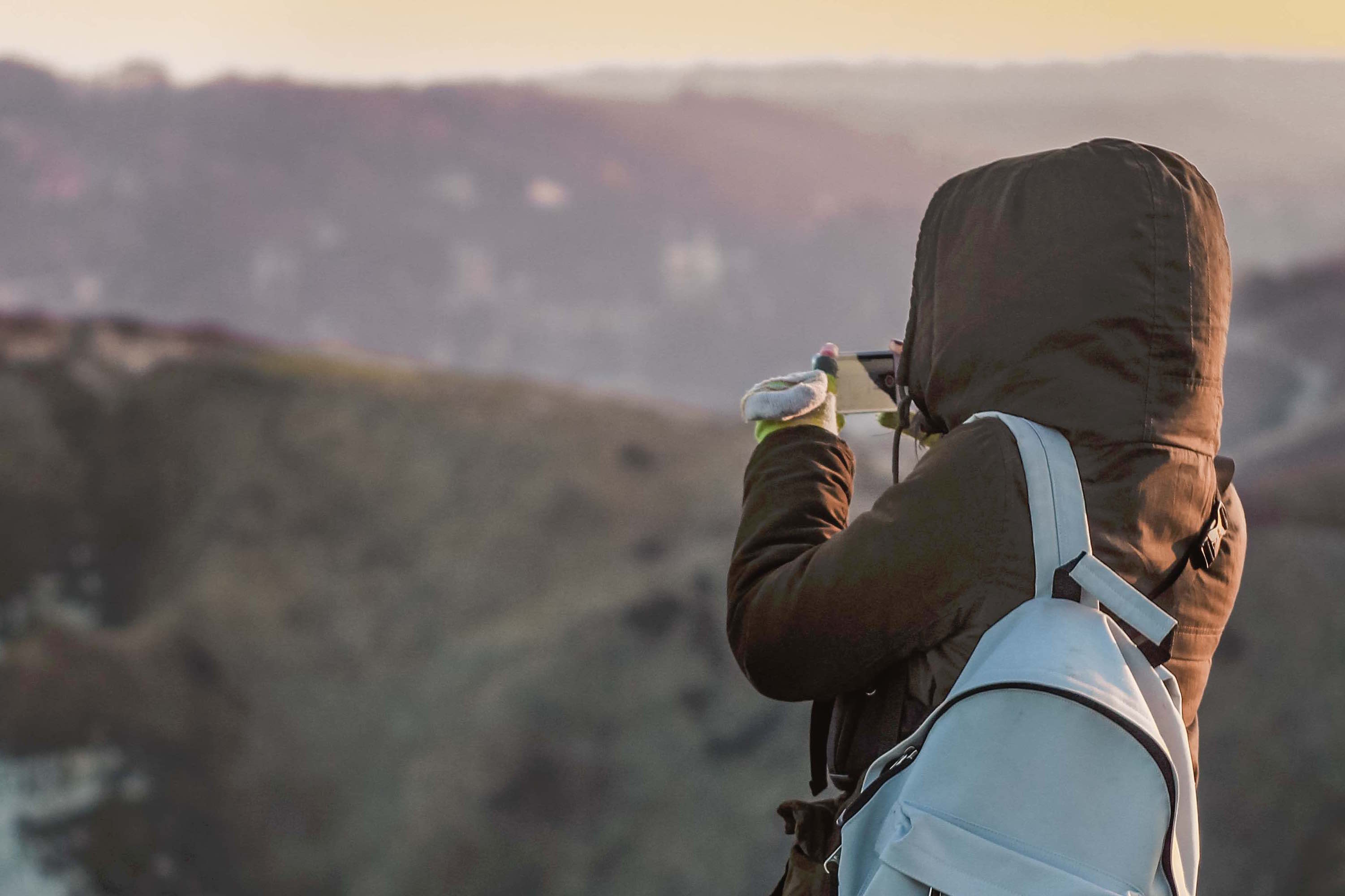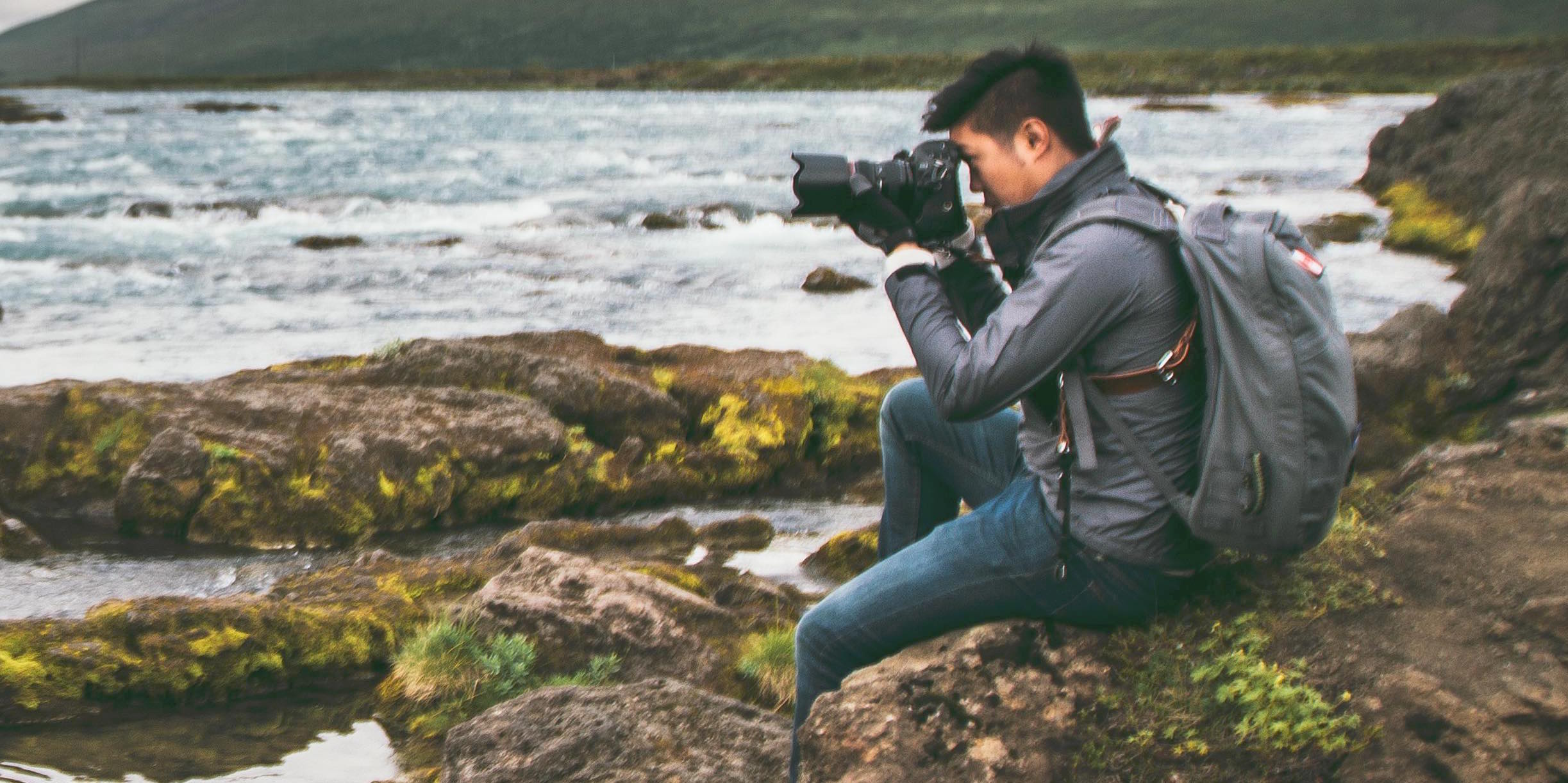Buy a curated collection and save 25% over purchasing each webinar individually.
283 minutes of video
283 minutes of audio
89 slides
88 pages of transcript
12 pages of itinerary examples
Setting Up Sponsored Trips 101
Getting on a sponsored trip is the holy grail of travel writing, right? Living a life in which you effortlessly hop from one free trip to another, spending your days enjoying haute cuisine and your nights in the fluffy king bed of your complimentary suite? Here we discuss the basic tenets of free travel as a travel writer, from ethics to minimum barrier of entry to the different types of trips, and their various pros and cons.
We will cover:
– The right reasons to seek out free travel (as a travel writer)
– The three different categories of free travel and their pros and cons (with sample itineraries)
– The ethics of free travel
How To Set Up An Individual Trip From Scratch
In this section we’re going to dive head first into how exactly to plan your own individual sponsored trips that fits your interests, travel preferences, and schedule. Here we look at where to find these trips and best practices for applying. I pull real press trips, read between the lines, and break down exactly what you would do in each situation of your application.
We will cover:
– The real reason people let you go on these trips in the first place
– When you shouldn’t try to set up an individual sponsored trip
– The planning process (overview) + in practice
Getting A Spot On A Group FAM Or Press Trip
In this webinar on Getting a Spot on a Group Fam of Press Trip, in our series on getting free travel as a travel writer, we’ll look at where to find these trips and best practices for applying, and then I’ll pull real press trips, read between the lines, and break down exactly what you would do in each situation in your application.
We will cover:
– The very simple secret to getting on a press trip
– How to find trips (or get found for them)
– Evaluating trips once you find them (or receive them) and planning your approach
Putting Together A Pitch Portfolio To Support A Big Trip
Here we walk through several press trip itineraries to show who and what to pitch to set up a varied portfolio of coverage for each trip. We discuss five techniques you can use to ensure an impressive pitch portfolio to accompany any press trip request, and how to handle this process whether you’ve never been published and have no connections or have editors that you work with already but perhaps want to branch out to a new subject or geographic area.
We will cover:
– Five approaches to breaking your trip into article ideas
– Live workshopping how to generate ideas using actual trip itineraries
– Frequent questions on multi-pitching, pitching press trips, and pitching when you’ve never been published










